High voltage underground cable installation typically involves direct burial in trenches, with installation depths depending on the cable voltage. For 3.3kV to 11kV cables, a minimum trench depth of 0.9 meters is required, while for 22kV to 33kV cables, a minimum depth of 1.05 meters is recommended. The trench should be partially filled with sand to protect the cable, with at least 50mm of sand between the cable and the trench bottom. In addition, proper cable protection using conduits or ducting is essential to prevent damage.
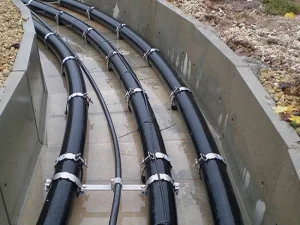
High Voltage Underground Cable Installation Standards
1. Trench Dimensions and Depth
Direct Burial Method: High-voltage cables are often directly buried in trenches. The trench dimensions vary depending on the voltage capacity of the cables.
3.3kV to 11kV cables: Minimum trench depth is 0.9 meters.
22kV to 33kV cables: Minimum trench depth is 1.05 meters.
Sand Bedding: A sand layer of at least 50mm is placed between the bottom of the trench and the cable to ensure protection from physical damage and help with heat dissipation.
2. Cable Protection and Conduits
Conduits/Ducts: It’s important to protect the cables with appropriate conduits or ducting to shield them from mechanical damage, especially in areas with high traffic or potential for future excavation.
Duct Diameter: Typically, 150mm diameter ducts are used for high-voltage cables, while 100mm ducts are used for low-voltage cables.
3. Cable Laying and Backfilling
Cable Laying: The cables should be laid on a bed of sand within the trench to minimize the risk of damage. Adequate bending radii must be maintained to prevent insulation damage.
Backfilling: After the cable is laid, the trench is first backfilled with sand, then covered with suitable soil, ensuring proper compaction to prevent future settlement.
4. Safety and Other Considerations
Armour or Sheath: Many high-voltage cables come with an armoured or metallic sheath that acts as a protective conductor, reducing the risk of electrical shock.
Marker Tapes: Warning marker tapes should be placed above the cable to alert future excavators to the presence of high-voltage cables.
Lubrication and Pulling: During installation, lubricants may be applied to reduce friction when pulling the cables through ducts, while the minimum bending radius of the cable must always be adhered to.
5. Regulatory Standards and Compliance
Standards like IEC 60287 and IEEE 1154 provide detailed guidelines for the design, installation, and testing of high-voltage underground cable systems. These standards must be followed to ensure the cables perform safely and reliably.
Conclusion
Following these installation standards for high-voltage underground cables is essential to ensuring a safe, efficient, and durable power transmission system. By adhering to the recommended trench depths, sand bedding, and protection measures, we can minimize risks such as physical damage, electrical faults, and future maintenance complications. Proper cable protection, like using conduits or ducts, not only shields the cables from mechanical harm but also facilitates future repairs or upgrades.
In addition, cable markers and the use of armour or metallic sheaths enhance safety, ensuring that cables are easily identifiable and protected from accidental damage. The adherence to regulatory standards, including IEC and IEEE guidelines, further ensures the cables' long-term performance and reliability.
Investing in high-quality cable installation practices not only improves the stability of the electrical grid but also contributes to a safer working environment for all involved. By maintaining these best practices, industries can ensure that their electrical infrastructure remains robust and secure, meeting the growing energy demands of modern society.

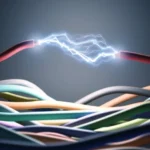

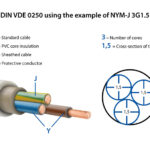
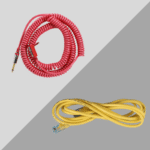
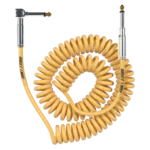
2 comments
Bars for home 09/29/2025
I really love your website.. Pleasant colors & theme. Did you make this amazing site yourself? Please reply back as I'm looking to create my own website and would like to find out where you got this from or exactly what the theme is called. Thanks!
Totcables 09/29/2025
Y theme